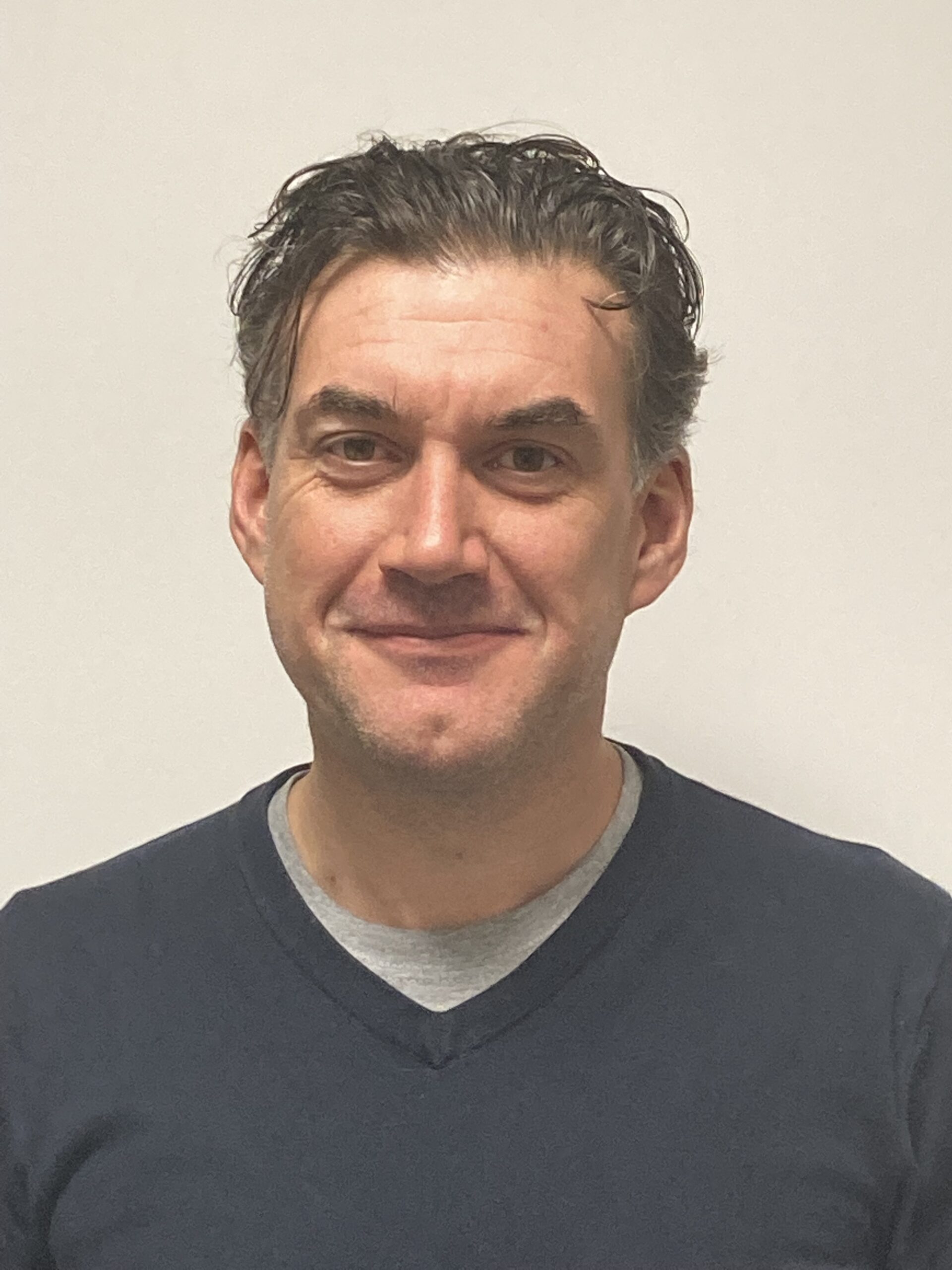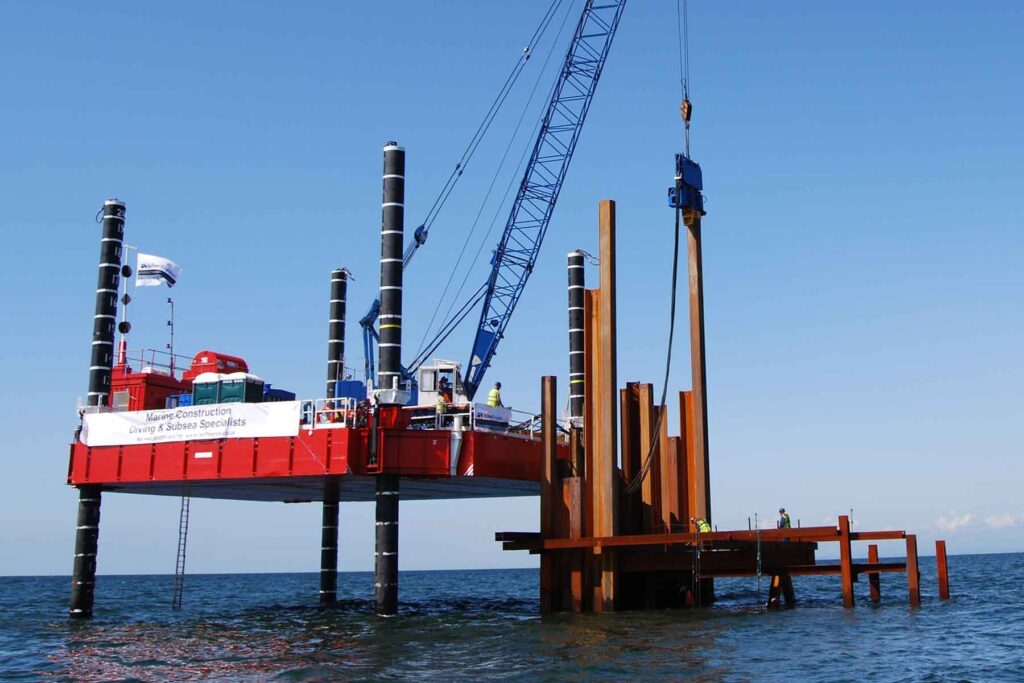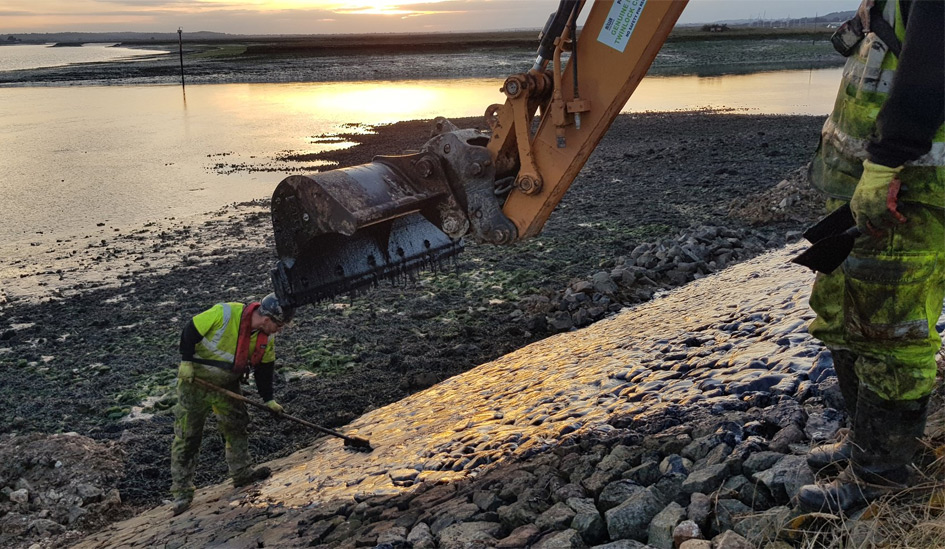Tim Smith, SALINE’s MD, explains why he believes that innovation is the driving force within any SME, and unpacks how we can use what – and who – we know to nurture innovation for business growth.
“We innovate to move forward. Without innovation, we can’t have progress. Transitioning to new energy sources, reducing our carbon footprint, reducing costs and extending the lifetime of a business – you can’t do any of this without some form of innovation.
If you’re a Small to Medium-sized Enterprise (SME), you have innovation in your life blood – it’s your built-in USP. Whatever you do is inherently different from what’s already out there, right from the start. While most big corporations tend to focus on developing existing products, on evolving and taking another iteration of the same thing to market, it is small, agile companies that are invariably the ones who think outside the box and come up with truly game-changing, sector-disrupting, brand new solutions to everyday problems.
Coming up with a really clever idea is only half the challenge – you’ve got to get it to market in a smart and timely way.
But being small and nimble doesn’t guarantee success, and coming up with a really clever solution is only half the challenge – you’ve also got to be able to get it to market in a smart and timely way. SMEs have none of the deep cash reserves, diverse human resources and well-established routes to market that allow larger organisations to quickly develop their products and get them in front of consumers. If a small business is to successfully take their product from the idea stage through all the Technology Readiness Levels required to get it to market, they need a decent cash runway, and a sound understanding of who their product is for, and how to engage with them.
I have huge admiration for the innovators that we meet and work with. While they’re developing their wonderful new product or service and trying to get it to market, they’re also thinking “How am I funding this? Will it work? What if the money runs out before I can get it to market?” Just starting a business can feel scary enough, but coming up with something that’s ground-breaking, potentially world changing, and trying to make it all happen on a budget? That takes a huge amount of courage and determination.
This way, you’re not basing your entire business plan, your financial projections, your pipeline, on guesswork.
In my experience, so many business plans are ultimately based on guesswork about market size and profile. Sometimes that guesswork is spot on. But often you need to take more time to engage with those markets, test things out, and adjust. Have you thought about other potential users? What about what about other industry sectors? They could be relevant and lucrative too. Our approach is to actually go and talk to potential clients in various sectors, engage with them, test the market and find out. In this way, you’re not basing your entire business plan, your financial projections, your pipeline, on guesswork.
Understanding your market is crucial to successful commercialisation of any product. Our clients normally know their core market sector very well, so we make that our starting point and develop these areas and sectors for them straight away. But we also make sure to explore outside of the sector: where else could we be looking? And where should we not be wasting time? The role of business development is as much about closing doors, or understanding which doors not to push on, as about opening doors and finding new opportunities.
You have to talk to people, one to one, on multiple levels, across multiple sectors.
There is no formal method or mechanism for connecting and engaging – no ultimate database. It’s all about people and relationships. To be successful and to win projects in business development, you have to talk to people, one to one, on multiple levels, across multiple sectors. And this is especially true for innovation projects.
At SALINE, picking up the phone and having those first conversations is our bread and butter, and our years of experience mean that we have a strong intuition for where the touch points are likely to be. An understanding of the specific sector is useful, but not essential: whether you’re dealing with an offshore wind farm or a major housing development, there are commonalities between all organisations in terms of their structures and processes. Once we understand who we’re looking for, we can make those first phone calls. And from there, we can quickly start to map the market, build traction and the beginnings of an opportunity pipeline.
By developing and nurturing a professional network, you can reach all sorts of people who will be of value to you as you prepare to take your product to market. We often refer to our network as a web, where some connections are clear and linear, while others may be less obvious. We all touch that web every day, and with the right approach, we can use it to find the right people and ask the questions that will take you forward.
The challenge for innovators is to keep an open mind.
There is something very compelling about being in on the start of a new and ground-breaking idea – it gets people inspired and fired up. If you share your innovation vision with someone in your professional network, they will very often share their connections and knowledge with you, and this can open up a whole new vista of possibilities and opportunities.
However, you also have to be open to the possibility that your idea isn’t yet ready for market. Maybe it needs more work. Or maybe it would work better in other sectors or have other applications that you haven’t yet thought of. Did you know that Teflon was originally used as a coating for military machinery, and that Play-Doh was created and marketed as a wallpaper-cleaning substance? The challenge for innovators is to keep an open mind, and not be limited by what you already know about your product, or who you think it’s for. There may well be opportunities for it out there that are far bigger and more exciting than you currently know.”






